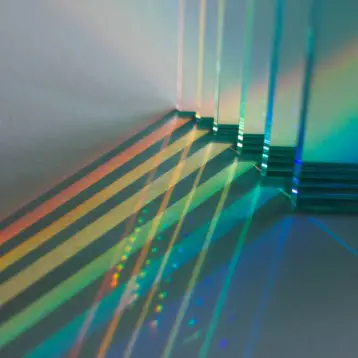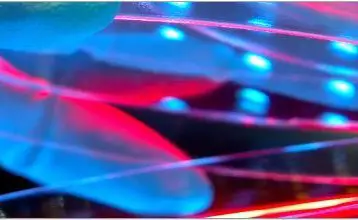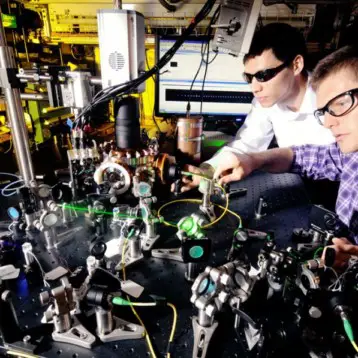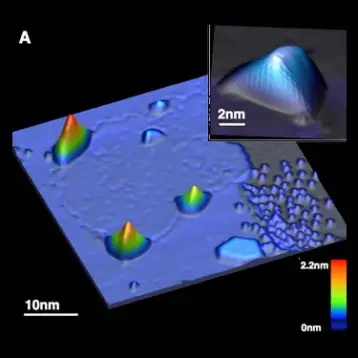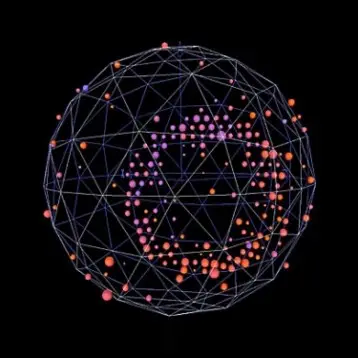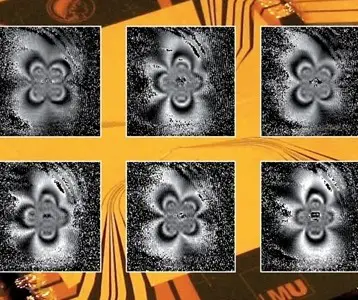|
Currently the reported construction is of a prototype; a 220-ton detector that is the “integration prototype” will be the foundation for the larger, 14,000-ton future detector. The NOvA project, which employs 180 scientists and engineers from 28 institutions around the world, may ultimately aid in our understanding of matter and dark matter, and shed some light on how the universe formed and evolved, as well as on current astrophysical events.
The integration prototype and the larger detector are made of hundreds of thousands of plastic tubes enclosing a massive amount of highly purified mineral oil. What scientists are aiming at is to detect the highly significant fundamental subatomic particle called the “neutrino” and better understand its nature.
John Cooper, the NOvA project manager at Fermilab, says that about 40 scientists from various nations have met Jan. 8-10 at Southern Methodist University in Dallas. The meeting’s purpose was to design future plans – the meeting was the first one since getting the confirmation from the US Department of Energy. NOvA, when construction is completed, will be the largest neutrino experiment in the United States.
|
According to Cooper, the ‘detector prototype’ has two purposes. “First it serves as an ‘integration prototype’ forcing us to find all the problems on a real device, and second it will become the ‘Near Detector’ at Fermilab,” he said. The integration prototype will operate on the surface at Fermilab for about a year starting in late summer 2010. In 2012 it will move 300 feet underground to become the Near Detector.
A hard-to-observe fundamental particle that travels alone, the neutrino has little or no mass, and therefore it rarely interacts with other particles. Using Fermilab’s neutrino beam to observe evidence of neutrinos when smashing into the carbon nuclei in the scintillating oil of the detector, the team hopes to analyze the results and learn more about neutrinos.
Neutrinos are important since scientists believe they could be the key to understanding how the Universe has evolved over time; moreover, familiarizing with neutrinos might help astronomers learn more about deep-space events like supernovas, active galaxies and gamma-ray bursts. Last, but not least, is one of the biggest mysteries regarding our universe: why do we have lots of ‘matter’, but only tiny amounts of ‘anti-matter’?
Our sun produces massive amounts of neutrinos, which are supposed to be detected by the new device. The team hopes the new detector can resolve questions surrounding three different kinds of neutrinos: electron, tau and muon. In addition, the scientists say they wish to explore the particles’ “oscillation” from one type to another as they travel. The deeper understanding might help develop more cohesive theories than those offered today.
TFOT has also covered the new Sensors that Measure Cosmic Microwave Background, which might help understand the Universe’s origins better, and First Underwater Neutrino Telescope, built by CNRS and CEA. Other TFOT stories that deal with particle physics include the Demonstration of the Unusual Effects of Quantum Particles, made at the University of Bonn, and the development of an Enhanced Technique to Detect Photon Entanglement, made at Caltech.
For more information about the NoVA project, see the press release published by Southern Methodist University, one of its participants.



